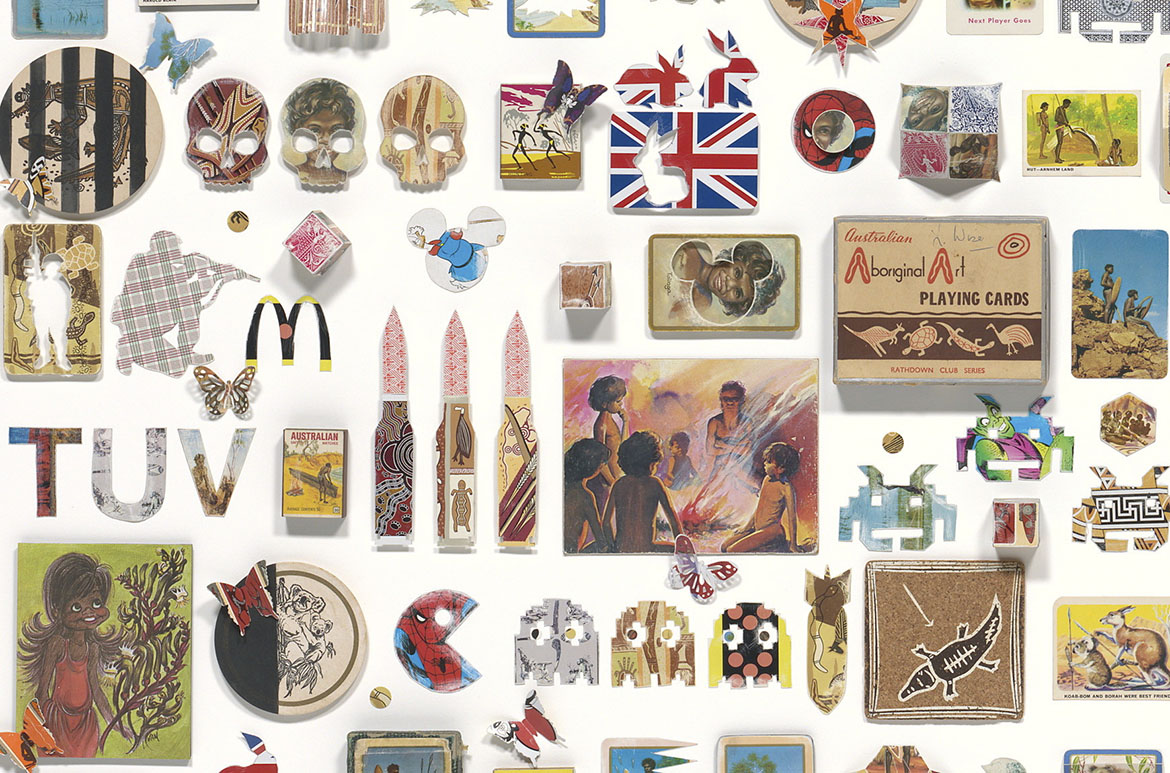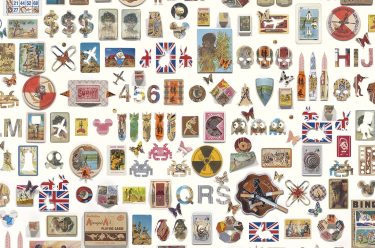QAGOMA invited artist Tony Albert, whose connection to the Gallery spans more than two decades, to speak at the recent launch of Gallery’s first Reconciliation Action Plan. The following is the edited transcript of his speech, which both moved and entertained those in attendance.
On the occasion of the inaugural QAGOMA Reconciliation Action Plan
My name is Tony Albert. I am Girramay, Kuku Yalandji and Yidinji.
I would like to pay my respects to the Traditional Owners of the land on which we gather, the Turrbal and Yuggera peoples.
Firstly, congratulations to QAGOMA on the launch of its first Reconciliation Action Plan!
This is such a spectacular and significant document, and not just because my work Moving the line is on the cover (although that is a very important factor!). I write this as an artist, but more importantly, as a person who believes philosophically in the power of art. Art has the ability to heal, to transcend culture, age and language. It educates us and changes the way we see the world.
View the 2022–24 Reconciliation Action Plan (RAP)
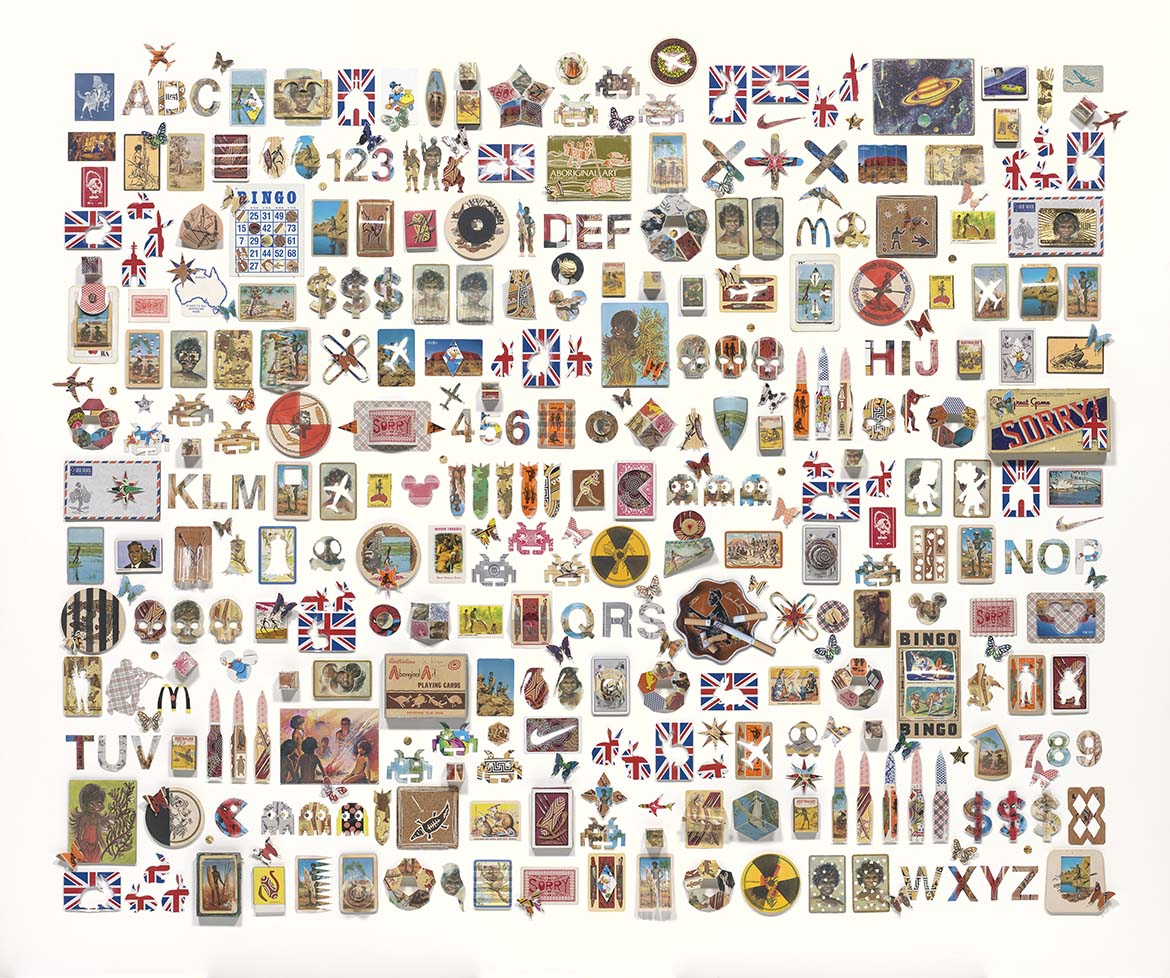
When I was thinking about what this document meant for me, my response was layered. I had multiple feelings. I have a professional relationship with the Gallery, but underneath that lies a personal journey that takes me back 20 years.
I had finished high school and enrolled in the Bachelor of Visual Art at Griffith University, majoring in Contemporary Australian Indigenous Art — one of this country’s most important university degrees for First Nations peoples. It was during those foundational years of my education that the Gallery advertised a traineeship as part of the 2003 exhibition ‘Story Place: Indigenous Art of Cape York and the Rainforest’. As a north-Queensland boy, I jumped at the chance to work on an exhibition that, for the first time, significantly shone a light on the most unique artworks from far north Queensland.
The year-long traineeship ended, but that was not the end of my journey; I continued to work at the Gallery for another eight years, including, among other duties, as Indigenous Trainee Coordinator. It seemed symbolic to continue the tradition of engaging and introducing our community to opportunities within the arts across all its facets.
As an artist, I really value the time I spent within this institution and it was so interesting reading through its Reconciliation Action Plan. Daily, we (as Indigenous staff) have been working through all the issues it outlines. Like many of you, we were active participants in what is now written here. At that time, there was no book or document — it was living, breathing moments. There were no phrases like ‘cultural safety’, although it was articulated in multiple experiences.
Throughout this professional development and employment, I was also continuing my own artistic practice and journey, and came to a crossroads: I needed to decide whether to stay within the institution and art academia, or leave to pursue my own artistic endeavours. The decision to leave came with a heavy heart.
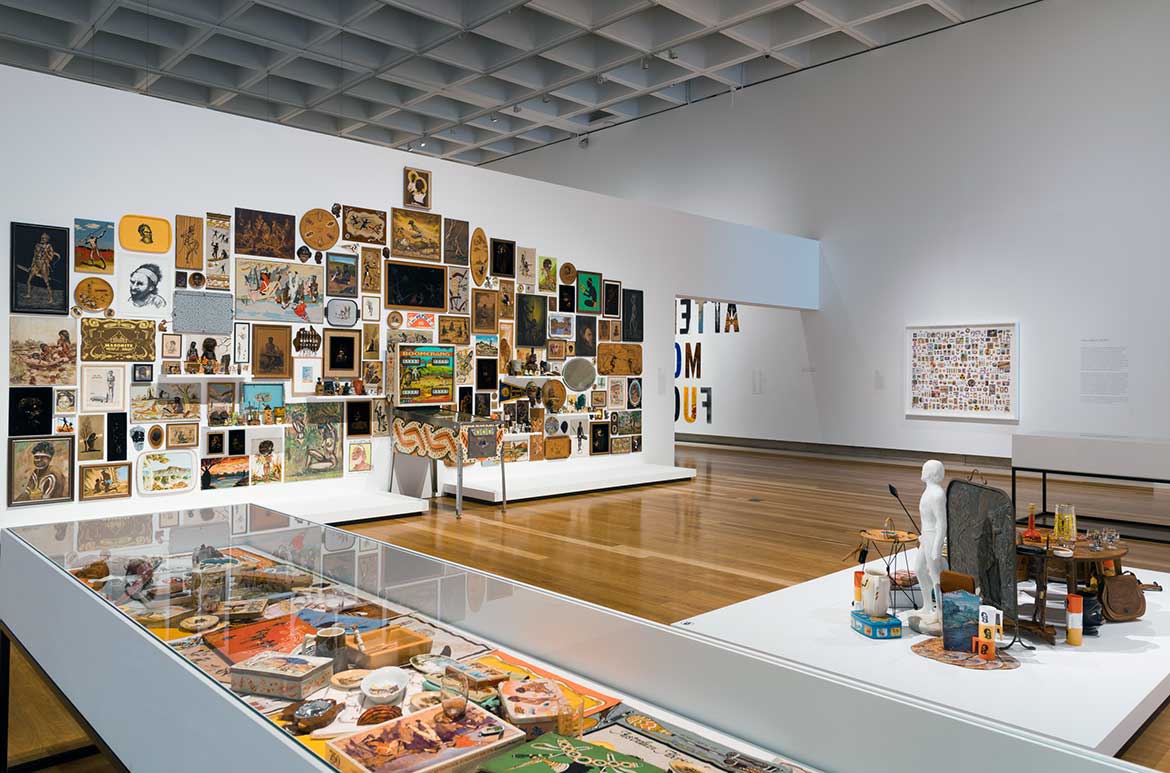
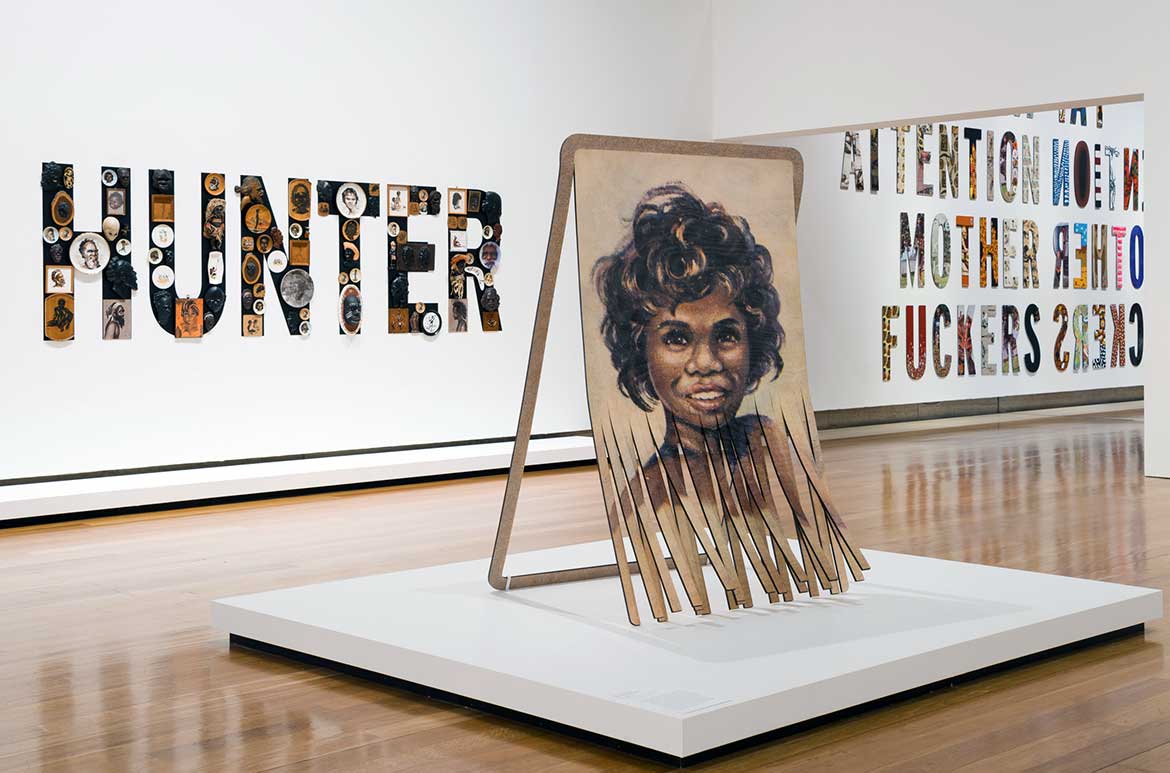
While my connection to the Gallery was unbroken, I never imagined that, ten years later, in 2018, I would be standing inside the Queensland Art Gallery at the opening of my first institutional solo exhibition, ‘Visible’. Bruce Johnson McLean (Wierdi people), who started at the Gallery in the same traineeship program just one year after me, was the curator.
While my brother is no longer here at the Gallery, many will know he is now Assistant Director, Indigenous Engagement, at the National Gallery of Australia in Canberra. I believe this is the highest engagement of Indigenous employment at any state art institution in the country — another example of how incredible pathway programs, such as traineeships, are for First Nations peoples, and the successes that can come from such initiatives. For Bruce, as for me, life-changing.
So, on this notable occasion, I’d like to say the following:
Equality is the acceptance of difference;
for the end of inequality in society, we need to embrace what makes us different.
We are each unique and amazing;
the collective human experience is richer for the differences we bring.
We must choose our words carefully;
these are big ideas, and unfortunately, for a long time, institutions have got them wrong.
This is not surprising, given the complex nature of our colonial history and the position of Indigenous Australians within it.
What QAGOMA is recognising with this document is not what Indigenous peoples need to do to engage with an institution, but instead, what an institution needs to do to engage with the Indigenous community.
Through this ‘Innovate’ Reconciliation Action Plan, our new journey together begins. It is one of respect. The care and cultivation of this vast continent, enacted over many millennia, is based on Indigenous philosophy. With this philosophy embedded in the Gallery, we can dream of a greater future. Together.
Tony Albert is a contemporary Australian artist working in a wide range of mediums, his work engages with political, historical and cultural Aboriginal and Australian history.
‘Sorry’ 2008
13 February 2008 referenced in Sorry 2008 refers to then Australian Prime Minister Kevin Rudd who offered a formal Apology to all Aboriginal and Torres Strait Islander people who were forcibly separated from their families and communities. In the artwork, Tony Albert introduces us to a forest of faces, each represents a false identity made to fit a white society.
DELVE DEEPER: Sorry is just a word if it’s not backed up by real outcomes
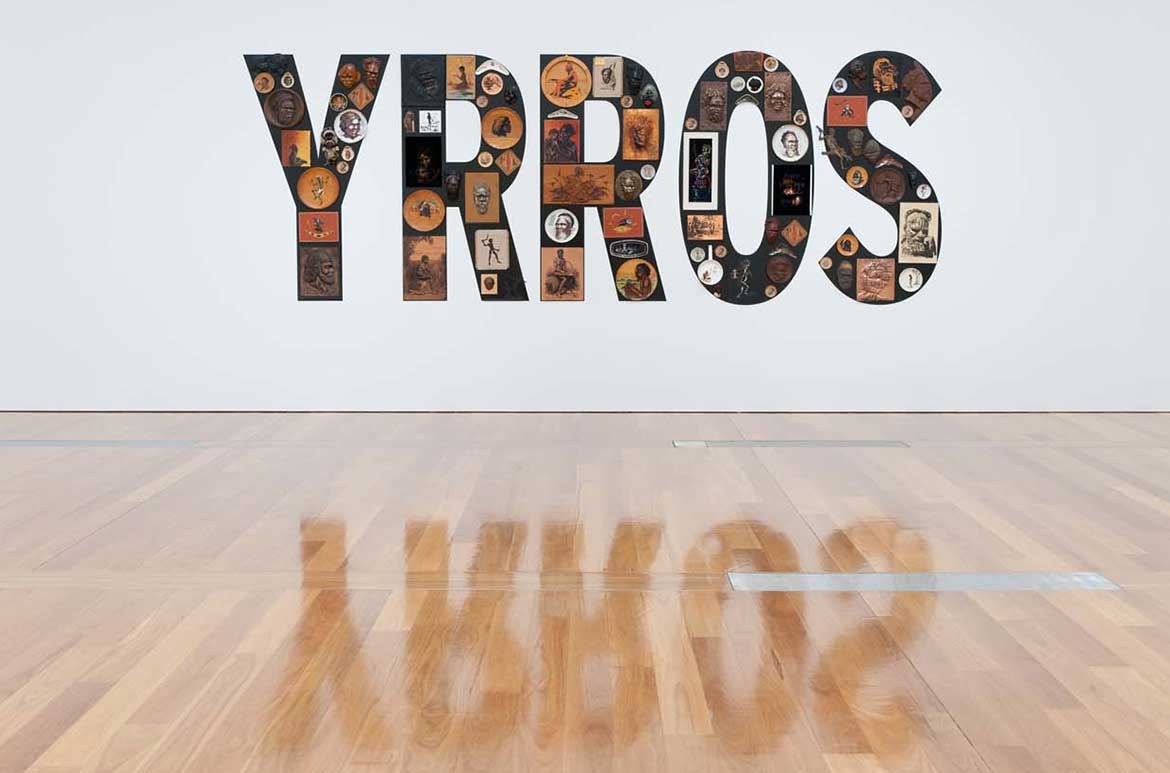
Read more about Aboriginal and Torres Strait Islander Art / Know Brisbane through the QAGOMA Collection / Delve into our Queensland Stories or Australian Art highlights / Subscribe to QAGOMA YouTube
Reconciliation Action Plan
Reconciliation Australia defines an Innovate RAP as developing and strengthening relationships with Aboriginal and Torres Strait Islander peoples, engaging staff and stakeholders in reconciliation, and developing and piloting innovative strategies to empower Aboriginal and Torres Strait Islander peoples.
Acknowledgment of Country
The Queensland Art Gallery | Gallery of Modern Art acknowledges the Traditional Owners of the land on which the Gallery stands in Brisbane. We pay respect to Aboriginal and Torres Strait Islander Elders past and present and, in the spirit of reconciliation, acknowledge the immense creative contribution First Australians make to the art and culture of this country.
Tony Albert: Visible
‘Visible’ surveyed all aspects of Tony Albert’s practice — from object-based assemblages, to painting, photography, video and installation — providing a powerful response to the misrepresentation of Australia’s First Peoples in popular and collectible imagery. The title of the exhibition ‘Visible’, speaks to one of Albert’s often used quotes ‘Invisible is my favourite colour’, a response which framed the exhibition — questioning representations of Aboriginal people through a mix of humour and poignancy, while tackling issues of race and representation head-on, and included Albert’s epic appropriations and re-appropriations of kitsch ‘Aboriginalia’.
Featured image detail: Tony Albert Moving the line 2018
#QAGOMA
